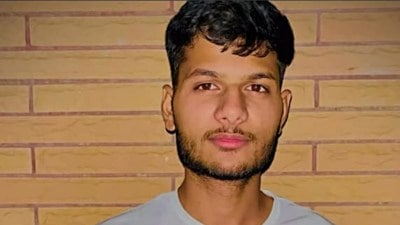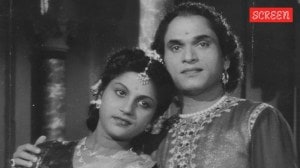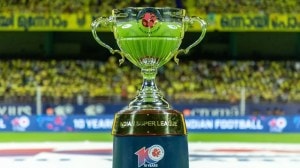A moment for Kashmir
The new year tolls with new hopes. Certainly for India and Pakistan, but for the people of Kashmir as well. Talks between the Centre and the...

The new year tolls with new hopes. Certainly for India and Pakistan, but for the people of Kashmir as well. Talks between the Centre and the Hurriyat are slated for January 9, mere days after Prime Minister Atal Behari Vajpayee returns from the January 4-6 SAARC summit. The dates are no coincidence. New Delhi wants to capitalise on the feel-good it hopes will be generated by the slew of initiatives SAARC will throw up. By holding the talks so soon after his meetings with the Pakistani leadership, Vajpayee is sending another clear message that India is taking into account the ‘‘wishes of the Kashmiri people’’, even if only one section of the Kashmiris.
That phrase has been stock in trade in Washington for some years now and is widely used by the international community. It also somewhat assuages the Pakistani yearning, although in different ways, that the Kashmiris should be part of any solution.
A section of the Hurriyat has been in New Delhi recently, meeting a variety of western diplomats. All of them are said to have encouraged the Kashmiris to take forward the talks with the government. With the ceasefire holding and a number of Kashmir-related CBMs in sight — such as the Srinagar-Muzaffarabad cross-LOC bus — the West believes no one should spoil the carefully-arranged party.
Itinerary in Islamabad
Vajpayee’s visit to the Minar-e-Pakistan in Lahore in 1999 is remembered across Pakistan, especially since it affirmed independent India’s acceptance of a separate Pakistani state. There’s no such monument in Islamabad, since the Pakistani capital was built only after the 1971 war. More modest gestures are thus likely during the prime minister’s visit to Islamabad. One is the foundation stone-laying ceremony of a housing complex for the Indian diplomatic community,.
The prime minister will preside over the ceremony on January 5, the second day of the summit, en route to Pakistani Prime Minister Jamali’s official residence, for the SAARC leaders’ retreat. Many Indians remember this particular mansion with mixed feelings. It was built by Nawaz Sharif right on the shoulder of the Margalla Hills and commands the best view in Islamabad. It was also here that Jamali hosted a lunch for Indian MPs in August, a visit that helped transform the hostile atmosphere.
The Iraq roadblock
The capture of Saddam Hussein was certainly a defining moment for the US occupation of Iraq. But it also perfectly encapsulated the current, unspoken tensions between New Delhi and Washington. India’s muted response to Saddam’s arrest was based on the widespread premise that it was ‘‘their war, not ours’’ . Nothing was publicly said, but the Pentagon’s irritation at India not having sent troops to Iraq got somewhat exacerbated.
Still Secretary of State Colin Powell and External Affairs minister Yashwant Sinha have struck up quite a friendship. They will meet again on January 20, when Sinha travels to Washington to possibly ink a document on the ‘‘quartet’’ issues, including hi-tech transfers.
But back to Iraq. India’s team of military doctors and nurses, meant to set up a hospital in Najaf with Jordanian help, has been disbanded. The 60-odd medics twiddled their thumbs in Delhi for a month as India contemplated ‘‘assistance’’. Dismayed Arabs in the capital pointed out such a team would benefit the ‘‘people of Iraq’’ and not be seen as only assisting an occupying force.
Reading the Russian mind
Believe it or not, final price negotiations for the Admiral Gorshkov, the aircraft carrier India so desperately wants, are still on. New Delhi feels Moscow is unjustified in hiking the price. Moscow is beginning to get irritated by the bargaining.
Meanwhile, New Delhi admits one of the problems with the overheating of the Sukhoi aircraft engines is possibly a philosophical difference in the art of flying. Indian fighter pilots are used to keeping the plane’s engine on for 45 minutes, even as they carry out their final checks. Russian pilots begin to taxi the Sukhoi within 15 minutes of switching on the ignition.
Moreover the IAF is using a different oil than the one recommended. This is causing excessive carbonisation.



- 01
- 02
- 03
- 04
- 05




























